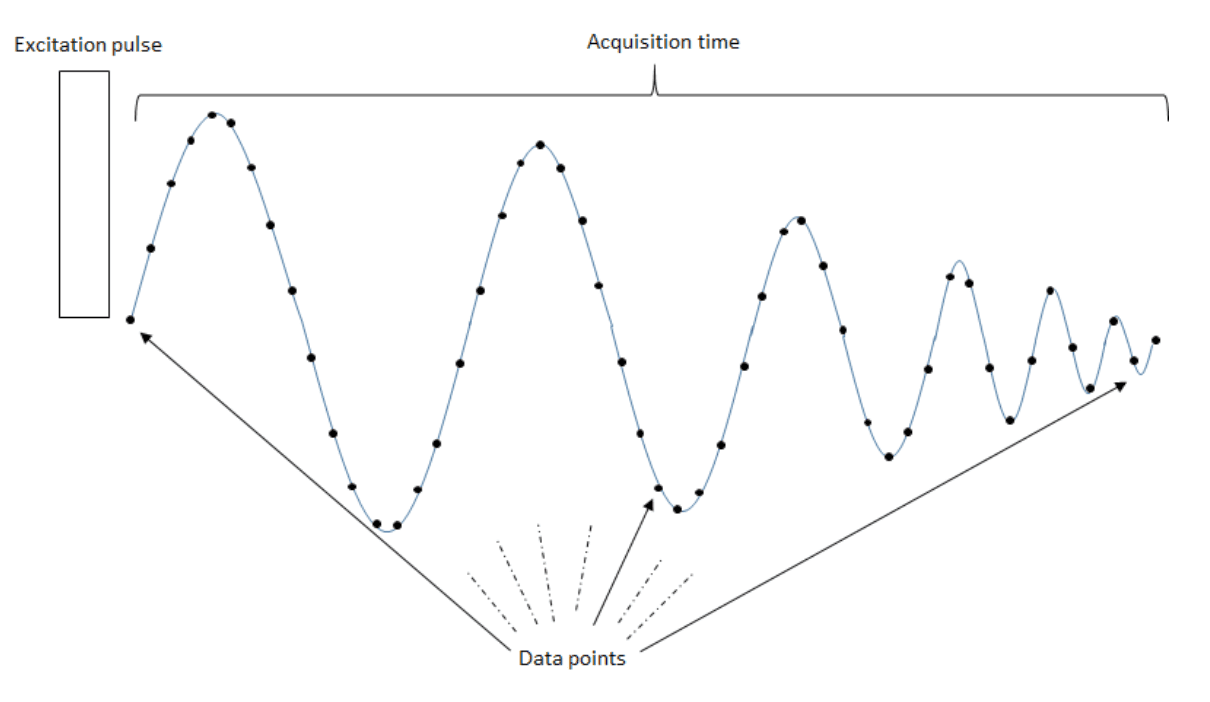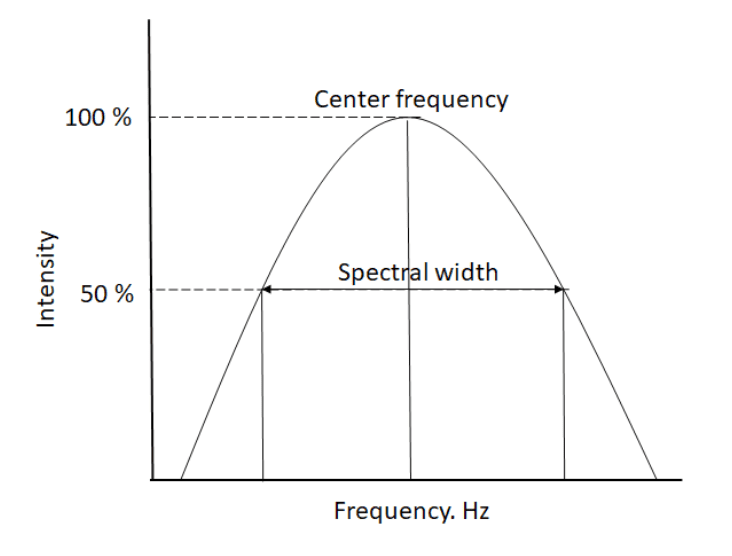NMR Education: How to Choose Your Acquisition Parameters?
A core part of the Anasazi service is education. We always aim to teach users how to get the most out of their nuclear magnetic resonance (NMR) spectrometers through tailor-made training programs – but there are common queries that can be addressed without a one-to-one touch. Here is a frequent issue we come across during many users’ NMR educations:
“I just acquired a great spectrum with the default parameters on a standard sample. I repeated the same experiment on a sample that I prepared, but the results were poor. I understand I need to change some parameters, but I am not sure where to start.”
If this sounds familiar, you are in the right place. Basic knowledge of the key acquisition parameters will help users achieve the best possible results. Data size, spectral width, and acquisition time are interrelated, so changing one parameter will affect others. This is covered in basic NMR education, but the implications are often glossed over.
Acquisition time (AQ)
Acquisition time (AQ) is the time to acquire the Free Induction Decay (FID) following the excitation of the nuclei with RF pulse. FID is a plot of emitted radio intensity as a function of time. It is a sine wave with an exponential decay of the magnitude with frequency being unchanged. Data is sampled at regular intervals. A Schematic representation is given below.

Acquisition time is given by the formula
AQ= SI/(2*SW)
Where, SI is the data size and
SW is the spectral width.
Data size (SI)
Data size (SI) is the number of data points used. Too many data points will make the acquisition longer. Few data points would mean not enough data to reconstruct the later part of the signal. The data is sampled at regular intervals and the distance between any two successive points during acquisition is important for reconstructing the signal. If the distance between two points is too far, we will miss some critical information. And if the distance between two points is too small, we are collecting noise. As a general rule, the number of points required to accurately represent the signal must be twice the frequency observed (Nyquist theory).
Spectral width (SW)
Spectral width (SW) is the bandwidth or range of the frequencies around a center frequency. Figure below.

Following Nyquist theory, the general rule is that the resolution should be less than one half the width at the peak’s half-height. This ensures that there are at least 3 points to define each peak. For example, If the width of the peak at the half-height is 0.5 Hz, the resolution should be less than 0.25 Hz.
Resolution is given by the formula,res= 1/AQ= (2*SW)/SI
Where SW = Spectral width and SI = data size.
Examples
Here are some examples that will guide you as you determine the parameters for your experiment and expand on your own NMR education.
Example 1: The spectral width I need for an experiment is 1000 Hz and my instrument’s resolution is 0.5 Hz. What should be my data size to be able to resolve the peaks?
The required number of points is given by rearranging the equation.
SI= (2*SW)/res
SI= (2*1000)/0.5
SI = 16,000 points.
The data points will be in powers of 2, so the closest SI would be 16,384 points.
Note that Increasing the data size will not improve the instrument’s ability to resolve the peaks.
Example 2: My data size is 32K, and the spectral width is 1000 Hz. What will be the acquisition time?
Acquisition time is given by the formula AQ= SI/(2*SW)
Substituting SI = 32K and SW = 5000Hz in the above equation, we get
AQ= 32768/(2*1000)
AQ= 16.38 secs.
If you have found this short NMR education article useful, you may like to read more resources on the Anasazi website. Or, if you have specific queries for the team, simply contact us today.
